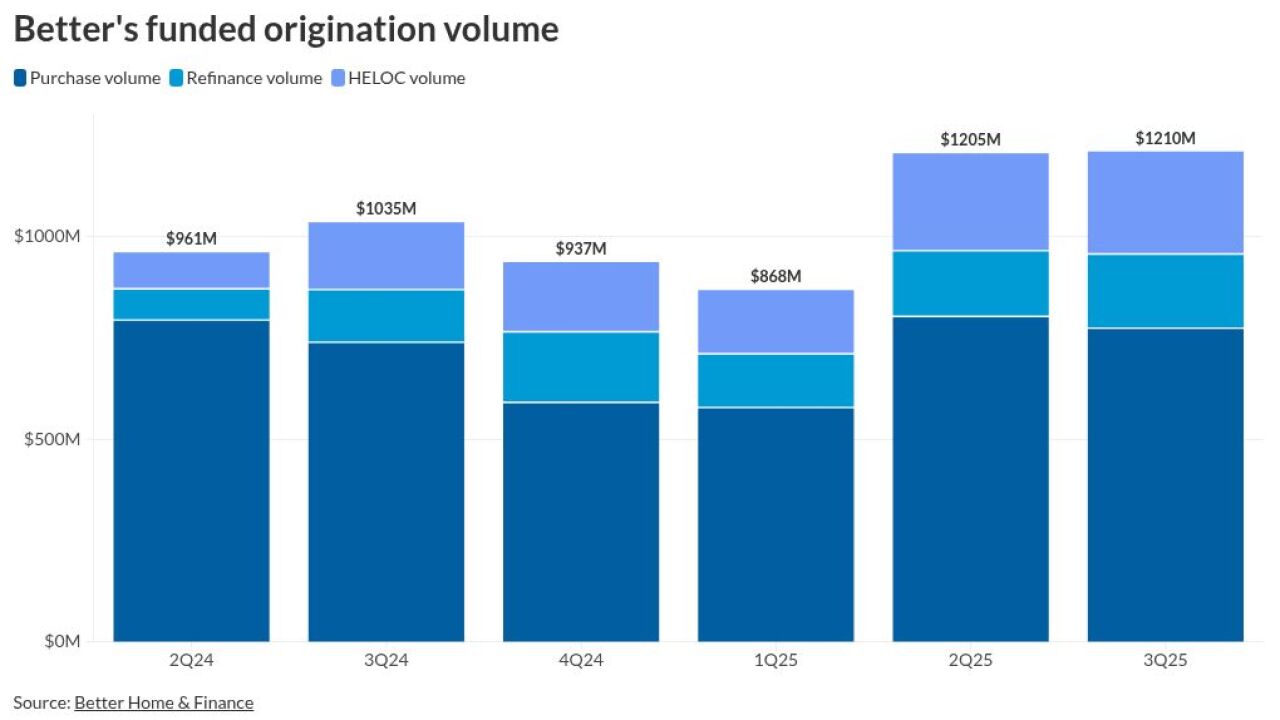Purchasing power grew 15.8% annually in July and 2.2% monthly behind salary gains and falling interest rates, according to First American's Real House Price Index. In comparison, purchasing power rose 13.7% year-over-year and 1.1% month-over-month
The Real House Price Index — a metric that adjusts residential property prices for income and mortgage rate fluctuations — dropped 6.6% annually and 0.8% from June. Declines in RHPI equate to improved affordability for buyers. Despite the pandemic, median household income increased 5.5% from the year prior and was the main driver for the increased affordability.

"With the exception of the Great Recession in 2008-2009 and a modest decline in the 1990 recession, nominal house prices have remained flat or risen slowly, but have not declined," said Mark Fleming, chief economist at First American.
"This demonstrates the ‘downside stickiness’ of house prices during economic decline. In the pandemic-driven recession of 2020,
At the state level, only Wyoming posted annual RHPI growth in July, rising 1.53%. Declines of 0.61% in Oklahoma and 0.86% in Ohio followed. RHPI fell furthest in Massachusetts, down 11.37% from July 2019. New Hampshire and Nevada trailed with drops of 10.97% and 10.54%, respectively.
By housing market, RHPI rose in only seven of the 50 largest metro areas tracked. Pittsburgh's gain of 4.21% led the way, followed by 2.19% in Cleveland and 1.65% in Seattle. Boston had the largest decrease at 13.83%, while San Francisco trailed closely at a drop of 13.5% with a decline of 12.16% in San Jose, Calif., next.
"Nominal house price appreciation is showing





